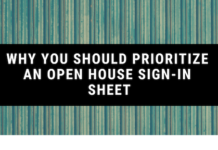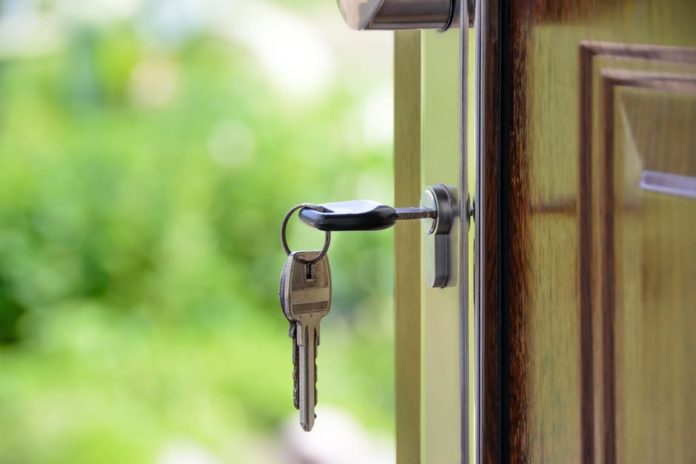You finally purchased your very first income property, good for you! You’ve done all the research on how real estate is a great asset. You can hardly wait to put money in your pocket.
You’ve heard all about how acquiring assets help you sock away your money each month so you can start accumulating real wealth.
You feel good about the fact that owning income properties helps you acquire wealth while also helping families.
There’s just one question to answer before you take your first tenant: How does a rental deposit work?
What Is a Rental Deposit
A rental deposit, also known as a security deposit, is a fee paid by the tenant to the landlord in case of damages to the property after the tenant has left. In the event of damages to the property, the landlord can use the apartment deposit to restore the rental property for the next tenant.
In most states, the rental deposit is the same amount as one month’s rent. Some states allow the security deposit to be as much as three month’s rent. You’ll want to check your state’s rental agreements. Typically, landlords require a security deposit and last month’s rent. These are not the same thing.
How Do Rental Deposits Work
You may be asking yourself: how do deposits work? A deposit for rental is different than last month’s rent. Security deposits must be paid back to the tenant at the end of a lease, except for damages required to fix the property.
A landlord keeps the last month’s rent for rent owed on the property, but in the event of interest, pays back only the interest. After a landlord collects the rental deposit and/or last month’s rent, the landlord provides a receipt along with the rental legal agreements. If you’re looking for advice on how to create a rental legal agreement, be sure to check our site under legal agreements.
The receipt should have:
- The paid amount
- The date on which the amount was received
- The intended use of the payment
- The name of the person receiving the payment
- The signature of the landlord
At the end of the lease, the remaining balance of the deposit, including any interest, must be paid back to the tenant once damages to the property are paid. This is to be paid typically within 30 days after the tenant leaves the property. You’ll want to check with your state for specific guidelines. Here’s how it works.
After a tenant moves out:
- Landlords must make a detailed list of property damages and repairs required to fix them.
- Landlords must provide written evidence, such as estimates, bills, or receipts showing the estimated or actual cost to repair the damage.
- Any extra money not used for repairing the damage must be paid back to the tenant, including interest, within 30 days.
If the estimates or bills required to fix the damage are as much as the security deposit and any interest, the landlord is not required to pay back any of the rental deposit. Many deposits are not paid back due to renters defaulting on their lease.
More Information
As a new landlord, it pays to be informed on all the rights about rental properties. We hope this helps you answer some of the questions you have about a rental deposit.




















